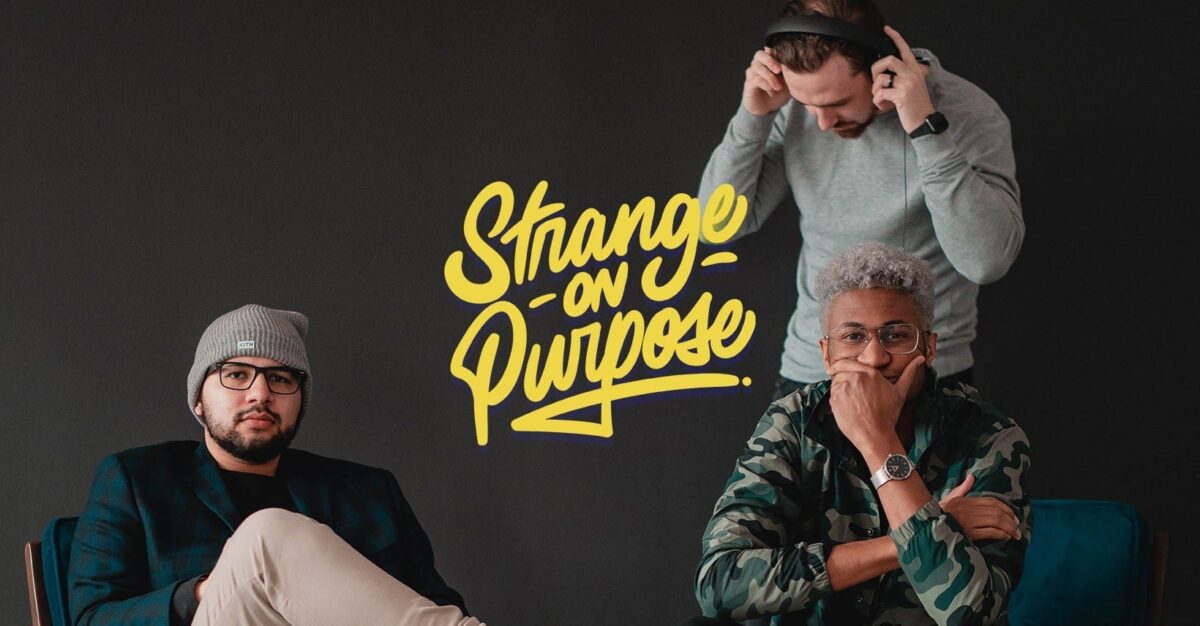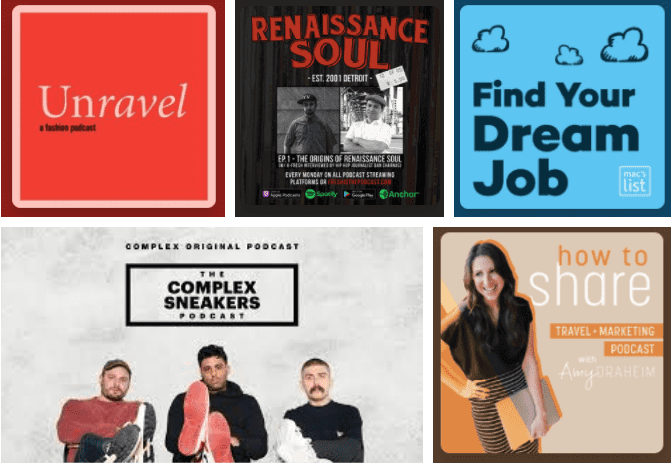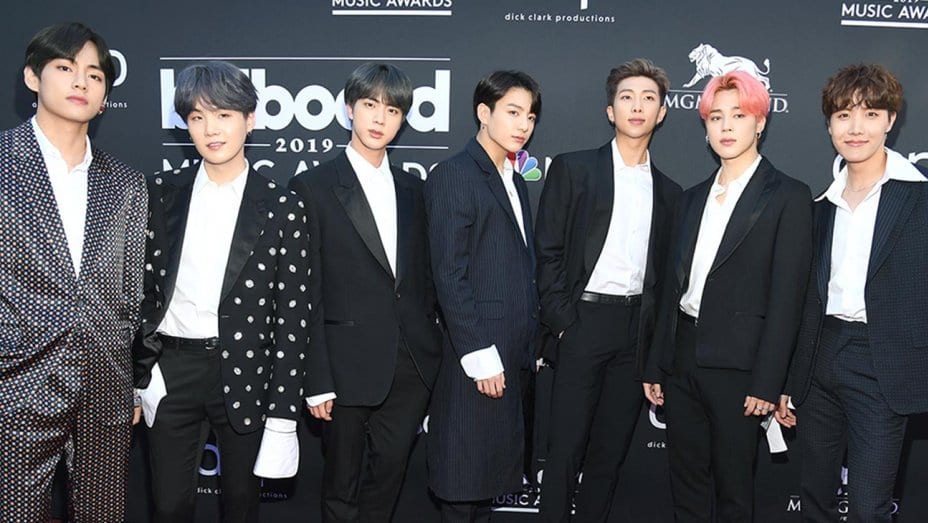Finding Your Personal Niche as an Artist
A lot of times in the music industry, we think that the only way to market ourselves as artists is to always position ourselves from the standpoint of music, and nothing else. We tend to think that our fans must only be looking for people who make music, and that just isn’t true. One of my favorite examples is a singer-songwriter named Eileen Quinn. Very few people are familiar with her work.
However, since the 1980s, she has sold hundreds of thousands of records. She has done very major partnerships, all without the help of the traditional music industry. And all of this stemmed from one clear decision that was really antithetical to how most musicians would think, which was choosing to make music about boats. She wrote her songs about boats. I believe she even recorded some albums while on boats. Obviously, it isn’t everyone’s cup of tea, but that’s just fine. It did, however, have a niche element to it.
For example, in her song, “The Anchoring Dance,” Eileen Quinn sings: “Up on the foredeck, see them prance when they do, do, do, do the anchoring dance.”
And so, rather than sending her tapes or CDs at the time to “Rolling Stone,” or “Paste,” or the places we associate with music, she went the other way, and sent her stuff to yachting weekly magazines, and started doing partnerships with boating companies. Most likely, the first question you’d ask yourself is, how many singer-songwriters are also mailing their stuff to yachting magazines?
Probably, she was immediately able to stand out as completely different from the other kinds of solicitations they were getting, right? So, there is one way that you can immediately differentiate yourself from your competition in terms of other artists you’re similar to, by not necessarily going for traditional musical press. And eventually, there will be partnership opportunities.
For Eileen Quinn, for example, for everyone who bought a certain kind of boat, they also received one of her CDs. So, by knowing who the audience is that’s going to love your stuff, there’s most likely something you can look at, whether it be in your lyrics, where you’re from, or something in your background, that you’d be comfortable utilizing.
These are all opportunities to find your initial audience in a way that doesn’t have to only rely on describing yourself as a musician. I would definitely encourage you to look inward at what you’re doing and ask yourself, is there a niche that you’re comfortable utilizing about yourself that will help people find your music?
Again, these are all starting points. However, if you can figure that part out about yourself and find some success there, you can then move on to the next level and make your way to the more traditional musical press. Overall, though, finding that niche or unique trait about yourself or your work can really be a great starting point.
You can learn much more about defining yourself as an artist, connecting to your audience, and how the music industry operates, with online music education. With the online method as an option, getting your quality music education doesn’t need to be a hassle or prohibitively expensive.










